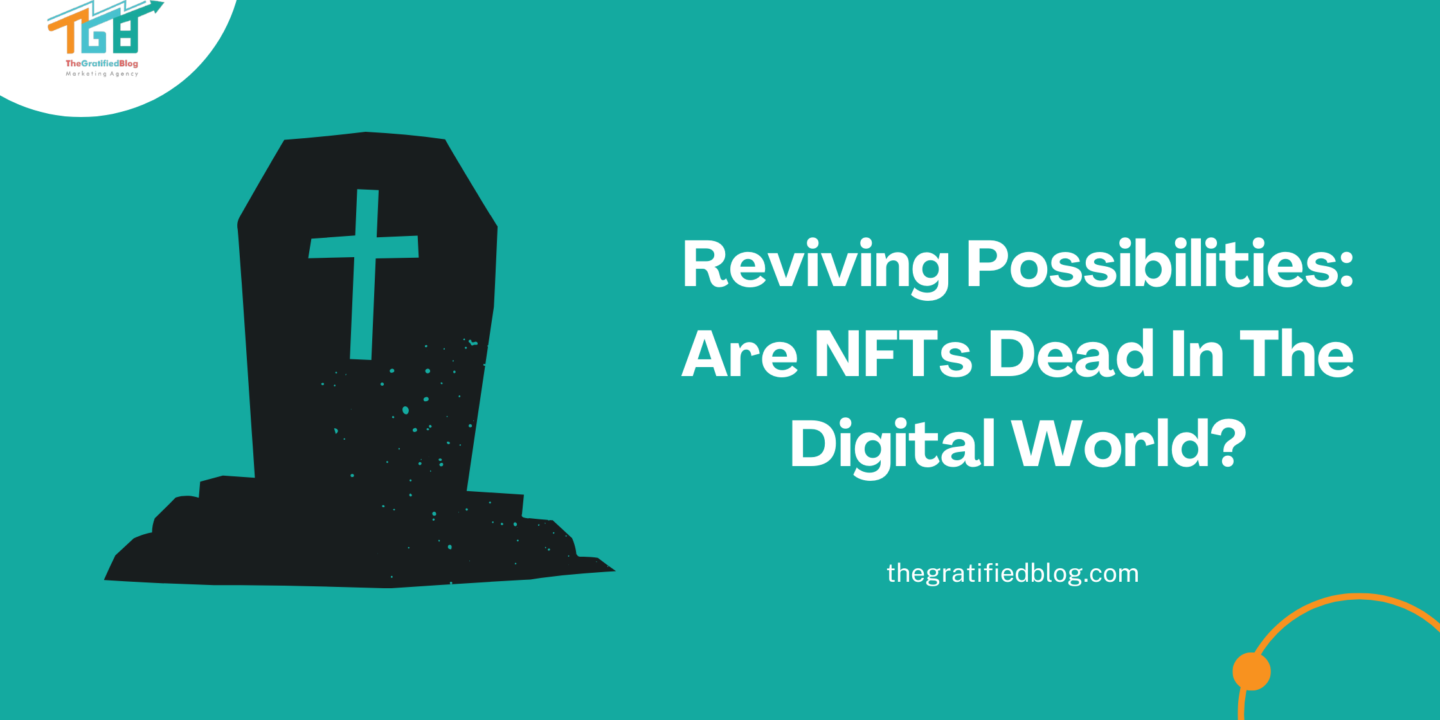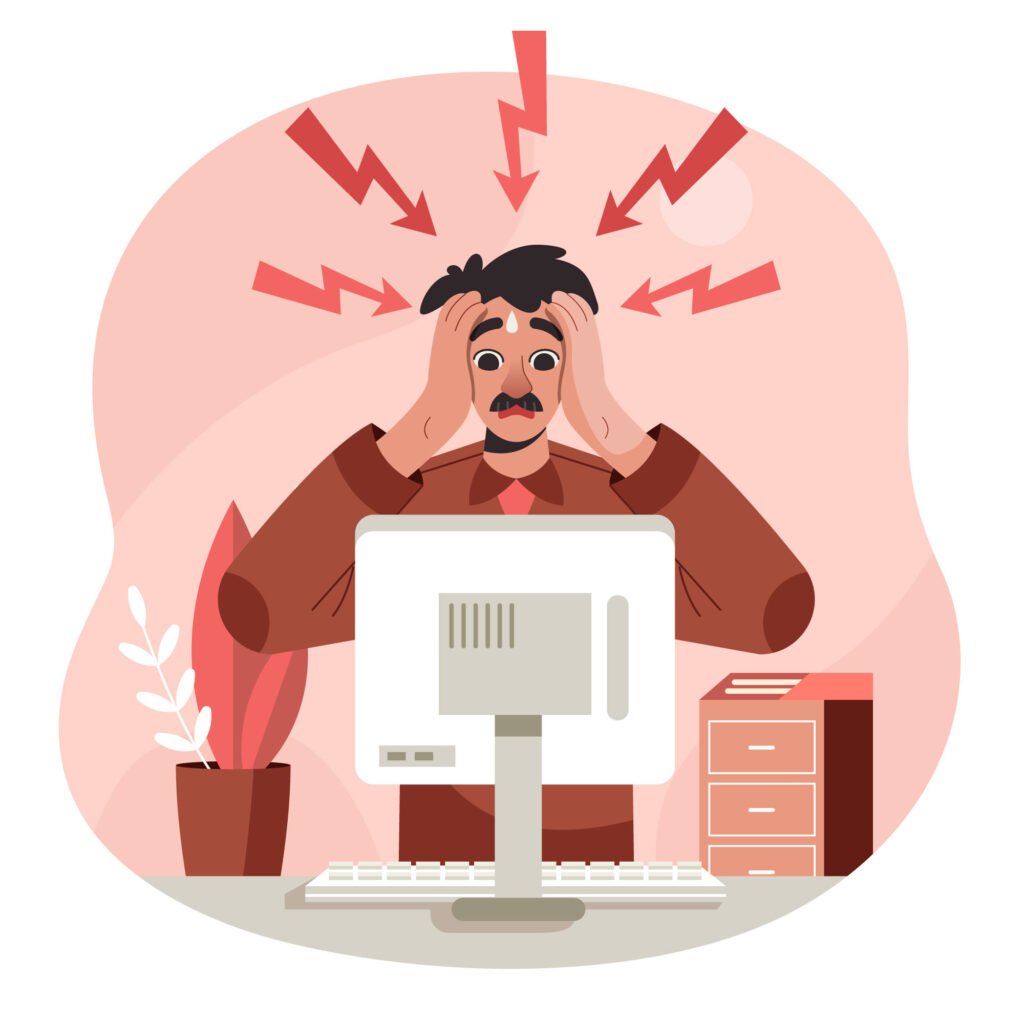
Not long ago, NFTs (Non-Fungible Tokens) became incredibly popular. People were buying digital art for vast amounts of money, and virtual real estate deals were mind-boggling. But now, we’re facing an important question: “Are NFTs Dead?”
The journey of NFTs has been like a rollercoaster, exciting many people – artists, collectors, investors, and tech enthusiasts. But it also faced some problems and controversies.
In this blog, we’ll dig into what’s going on with NFTs. We’ll check why they might not be as cool as they used to be and whether they can still be important in our ever-changing digital world. Are NFTs just a short-lived trend, or can they change and become a big part of the future digital economy?
Come with us as we dig into this fascinating and ever-changing topic to find out what’s going on with NFTs today.
The Rise And Fall Of NFTs
The trajectory of Non-Fungible Tokens (NFTs) in the digital realm has been spectacular, marked by an explosive rise followed by uncertainty and introspection. To fully grasp this rollercoaster journey,
we must delve into NFTs’ rise and fall phases.
The Initial Surge
In the early stages, NFTs experienced a popularity surge bordering on a digital gold rush. Artists, creators, and even celebrities flocked to this innovative blockchain-based technology, eager to explore its unprecedented potential.
The allure of NFTs lies in their capacity to represent ownership and uniqueness in the digital realm. Artists could tokenize their creations, collectors could acquire digital assets with verifiable scarcity, and a new frontier for digital ownership was born.
The Problems That Arose
However, as the euphoria surrounding NFTs reached its zenith, cracks in the foundation began to emerge. Environmental concerns were raised as NFTs, often built on energy-intensive blockchain networks like Ethereum, drew criticism for their carbon footprint.
Moreover, a slew of high-profile scams and copyright disputes cast a shadow over the legitimacy of the NFT market. Speculative bubbles led to soaring prices for some NFTs, while others plummeted in value, leaving investors questioning the stability of this emerging asset class.
Media’s Role in Shaping Perceptions
The media has been instrumental in influencing perceptions of NFTs. While some stories celebrated astronomical sales and the empowerment of creators, others sensationalized controversies and criticized the environmental impact. As the media spotlight intensified, so did the volatility of NFT markets, creating an atmosphere of unpredictability.
As we explore the rise and fall of NFTs, it becomes apparent that the journey could have been more linear. The upcoming segments will explore further the factors that contributed to NFTs’ decline and examine the complex landscape in which they currently reside.
Factors Contributing to NFTs’ Decline
Oversaturation of the Market

Imagine you’re in a candy store with a new type of candy everyone talks about. At first, everyone rushes in to buy it because it’s unique and exciting. But then, more and more candy stores start selling the same candy, and it’s everywhere. There are so many candies that it’s hard to feel like they’re special anymore.
That’s what happened with NFTs. At first, they were a big deal because they let people own unique digital things like art or collectibles. But then, many people started making their NFTs, flooding the market with digital stuff. It became overwhelming, like having too many candy options.
With so many NFTs out there, they didn’t feel as unique or rare, making people less interested in buying them. This oversaturation of the NFT market led to prices dropping, and some folks excited about NFTs initially felt disappointed.
Environmental Concerns

Many people need to be more apprehensive about how NFTs affect the environment. NFTs use computer systems that need a lot of energy, especially how they confirm transactions, called “proof-of-work.” That upset some folks because they thought the amount of energy NFTs used was too much compared to the good things they brought. It was like a problem of balance – some people felt that NFTs weren’t worth the damage they might be causing to the planet.
This worry about the environment made some artists and collectors stop using NFTs because they didn’t want to be a part of something that could hurt the Earth. They also said we should use different computer systems, like “proof-of-stake,” which don’t need as much energy and are kinder to the environment. So, in simple words, some people stopped liking NFTs because they thought they were terrible for the environment, and they wanted to find better ways to do the same things without hurting the Earth so much.
Lack of Utility and Scarcity

At first, people were excited about NFTs because they let you show that you owned something special in the digital world, like a piece of art or a unique item in a video game. It was like having a certificate to prove it. But as time passed, some folks started to wonder if these NFTs were helpful for anything other than saying, “Hey, I own this cool digital thing!” People wanted NFTs to do more practical stuff or have real-world value, like being able to use them in games or for other valuable things. This made some people question whether NFTs were more than things people bought and sold to make money.
Another issue was that so many NFTs were flooding the market that they felt they needed to be more memorable. The idea was that NFTs were supposed to be rare and unique, like owning a rare baseball card. But with so many new NFTs popping up, there were too many of them. This worried collectors and investors because it might be worth less if something is too easy to get. So, the idea of NFTs being super scarce, a big part of what made them valuable, started getting shaky.
So, in simpler terms, some people began to question if NFTs were more than just proof of ownership, and they wanted them to have practical uses. Also, because there were so many NFTs flooding the market, they didn’t feel as unique or rare anymore, which made some folks worried about their value.
High Entry Barrier
Another big problem for NFTs was that it was hard for the people making them (like artists) and those buying them (collectors). For creators, making NFTs involved some technical stuff and using cryptocurrencies, which not everyone knew how to do. So, many artists who could make cool digital stuff still need to join the NFT world. That made the group of creators in the NFT world less diverse and stopped more people from using NFTs.
On the collector’s side, it was also tricky. To buy NFTs, you must use unique digital wallets and exchange platforms, which can be confusing if you’re new to blockchain tech. Plus, on some blockchains, the fees you had to pay for even small transactions were high, so using NFTs for smaller purchases didn’t make sense. That made it harder for regular folks to get into NFTs and discouraged some from trying.
In simpler terms, NFTs had a high learning curve for both the people making them and the people buying them, which kept many potential participants away and limited the NFT world’s diversity and accessibility.
Regulatory Challenges

As the NFT market got more prominent, government regulators started paying more attention to it. But there was a problem – the rules and laws about NFTs weren’t unambiguous. This made it hard for people to understand who owns digital art or how they should pay taxes on NFT transactions. Because of this confusion, many people are worried about getting into trouble with the law or paying unexpected taxes.
This lack of clear rules and the possibility that regulators might start enforcing strict laws made many artists and collectors nervous. They were curious whether it was safe to keep making or buying NFTs. So, this uncertainty stopped some people from fully embracing NFTs and participating in the market.
In simple terms, imagine playing a new game without clear rules – it’s confusing and might make you hesitant to play. That’s how the NFT market felt to many people because there weren’t clear rules about ownership, taxes, and other essential things. That made some folks worried and made them stay away from NFTs.
The combination of these factors contributed to the decrease in enthusiasm for NFTs.
FAQs
Q1: What are NFTs, and why were they so popular?
A1: Non-Fungible Tokens (NFTs) are distinctive Digital assets utilizing blockchain technology to confirm ownership and ensure the authenticity of digital items. They gained popularity due to their potential to revolutionize digital ownership, making it possible to buy, sell, and trade digital art, collectibles, and more.
Q2: Why are people saying NFTs might be dead?
A2: Some believe NFTs face challenges like market oversaturation, environmental concerns, and a lack of clear regulations. Questions about the long-term sustainability of these issues have been raised about NFTs, leading to discussions about whether they are still as popular as they once were.
Q3: Are NFTs still being bought and sold?
A3: Yes, NFT transactions are still occurring, and some NFTs continue to fetch high prices. However, the market has experienced fluctuations, and the level of hype and activity has decreased compared to its peak.
Conclusion
Now that you understand the context surrounding “Are NFTs Dead,” the ultimate verdict lies in your hands.
If you still have any questions related to the blog, then feel free to leave them in the comment section. Feel free to ask any questions, and we’ll be delighted to provide answers.
Thanks for reading 🙂
Also read: A Complete Guide To NFT Marketing Strategy








No Comments